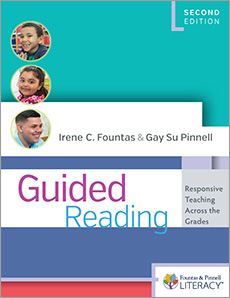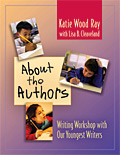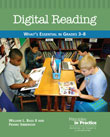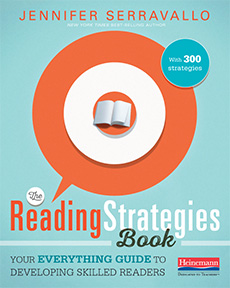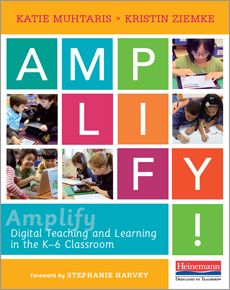As a classroom teacher, one of my favorite questions has been,
"Who owns the learning?". I first heard the question asked by Patrick Allen in
Conferring: The Keystone of Reader's Workshop when he asked,
"If someone walked into our classroom, who s/he say owned it?". The question was put back in the forefront of my thinking several summers ago after reading:
Who Owns the Learning,
Fires in the Mind, and
Making Learning Whole. It's a question that made me look at the walls of my classroom, listen more intently to the voices of our community, pause a little more often in a conference, and be more thoughtful about who was shaping the learning for students.
Lately, I've been thinking about a new question,
"What are they doing when they aren't beside us?".
Early in my teaching career, I realized the power of being intentional when students were beside me. Whether in a guided reading lesson, conferring with a reader or writer, or leading some type of small group instruction, I have come to understand the power of sitting beside students to guide their next steps. To have time to sit beside students, we create structures of learning to allow us more opportunities for targetted support and instruction. Of course, at their best, these structures allow students to take ownership of their learning giving time to learn new strategies, make discoveries, and work toward new goals. At their worst, they are elaborate structures that keep students busy so we can do the work we need to beside students.
So what are students doing when they aren't beside us? I've come to learn that what they're doing when they're not beside us may be more important than what we do when we're sitting beside them. How do we set students up for meaningful learning as we support learners in our classroom communities? In my career, I've seen teachers move from sage on the stage to guide on the side to coach on approach (sorry, I just had to continue the rhyme, but you get my point). As we move toward environments that value student ownership and agency, our role has changed. This isn't always comfortable for us as we are used to managing and controlling. It isn't easy to trust children to lead and to learn, to be flexible on our feet. It's a different kind of planning where we know what we want students to learn, but we allow them to find their own path to get there.
It's messy...and it's powerful. (Debbie Miller talks more about this here:
Letting Kids "Dig In")
For simplicity sake, let's consider for a moment that a teacher may spend forty-five minutes in small group reading lessons. During that time a student might be beside the teacher for fifteen minutes. That means the student spends thirty minutes on her own in the workshop. Let's say that student is seen three times in a week; that equates to forty-five minutes with the teacher during that block for a week and three hours and forty-five minutes on her own. Now think about that across the day. The week. The month. The year.
So often we measure student success by the time a teacher is beside a student, but what if it is exactly the opposite. What if students make the most progress when they drive their own learning? What if the ways we help build agency in our classroom are more powerful than the time students spend in explicit instruction?
If we're going to send students off on their own, we want to set them up to use their time to learn. These structures have to allow continued learning and move beyond creating opportunities for us to teach.
Here are a few considerations I've found help set students up for learning opportunities:
- Allow students opportunities for real work.
- Have a community learning focus.
- Be intentional in focus lessons.
- Create charts that make learning visible.
- Take time for a reflective share.
- Allow students to set their own learning goals.
- Be willing to adjust when things get messy.
- Trust them.


